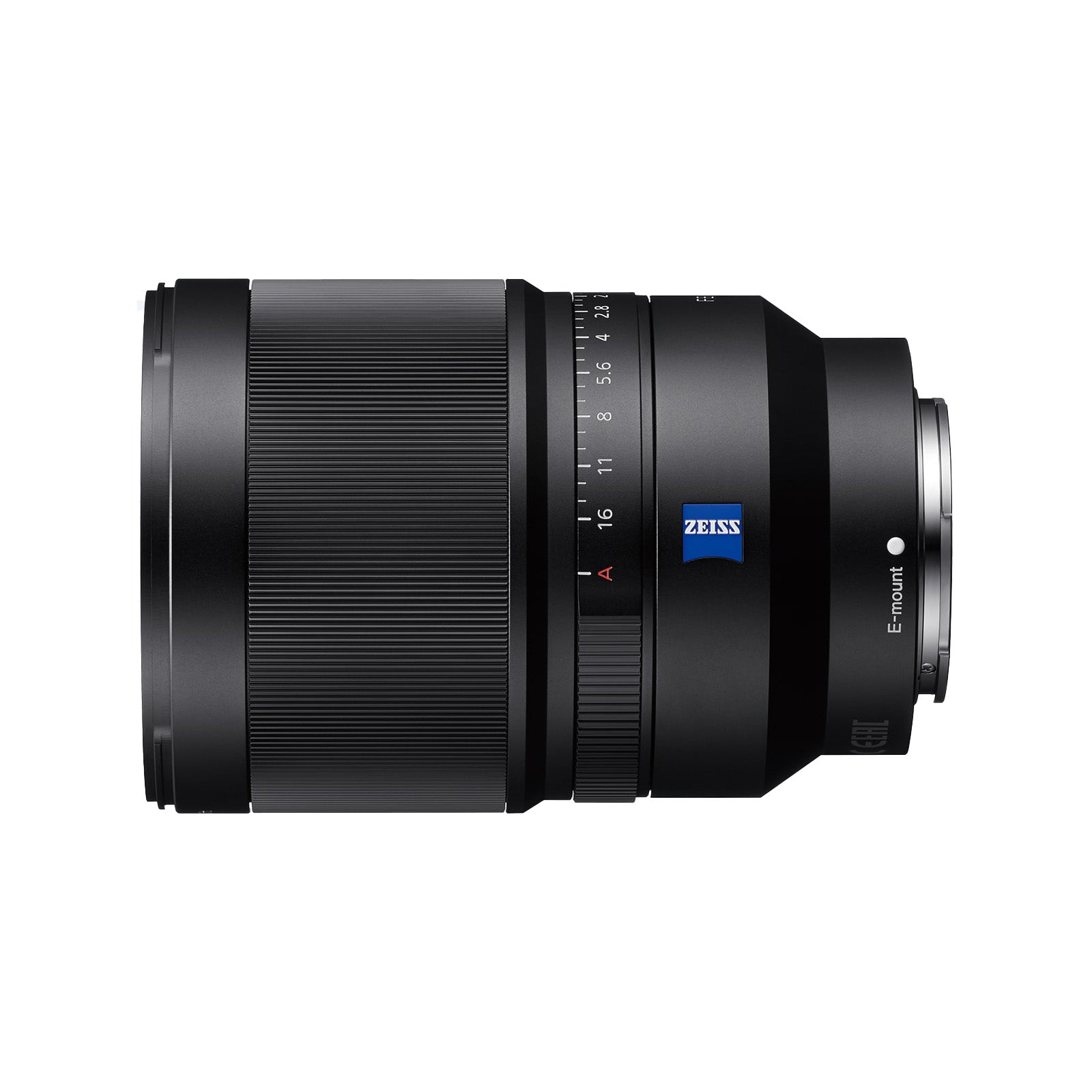Product Description
Sony Carl Zeiss Distagon T* 35mm F1.4 E-Mount Full Frame Lens
Overview
The Sony SEL FE 35mm F1.4 Zeiss Distagon lens is the perfect companion for photographers seeking top-tier performance in a variety of shooting scenarios. With its fast F1.4 aperture, this full-frame E-mount lens excels in low-light conditions, making it ideal for night scenes, handheld shooting, portraits, and landscapes. Elevate your photography with the smooth bokeh effect created by the nine-bladed circular aperture, and capture every detail with exceptional clarity.
Key Features
E-Mount Lens/Full-Frame Format
Compatible with Sony's E-mount cameras, providing full-frame coverage.
Aperture Range: f/1.4 to 16
Wide aperture range for creative control over depth of field and low-light performance.
One AA & Three Aspherical Elements
Advanced optical design for reduced aberrations and superior image quality.
Zeiss T* Anti-Reflective Coating
Minimises reflections and flare, enhancing contrast and colour accuracy.
Direct Drive Super Sonic Wave AF Motor
Ensures fast, precise, and quiet autofocus, perfect for both stills and video.
AF/MF Switch & Internal Focus
Easily switch between autofocus and manual focus; internal focus design maintains lens length.
Physical Aperture Ring & De-Click Switch
Offers tactile feedback for photographers; de-click switch enables smooth, silent aperture changes for video.
Dust- & Moisture-Resistant Construction
Built to withstand challenging conditions, ensuring reliable performance in professional environments.
Rounded 9-Blade Diaphragm
Produces smooth, circular bokeh for beautiful background defocus effects.
High Quality
The Sony SEL FE 35mm F1.4 Zeiss Distagon lens is an excellent choice for snapshots, landscapes, night scenes, and handheld shooting in low light. Give portraits and wedding photos a smooth bokeh effect with the nine-bladed circular aperture and a shallow depth of field at wide apertures. The large F1.4 aperture allows for a spectrum of photographic effects, while the 30 cm minimum focusing distance makes it ideal for close-ups of flowers and similar subjects. Its water and dust-resistant design ensures reliable performance in extreme conditions, perfect for professional use.
Sharp and Clear
Three aspherical elements, including an advanced aspherical (AA) element, form an ultra-modern optical path that compensates for aberrations and delivers excellent sharpness from corner to corner. This sharpness is maintained even at maximum aperture, ensuring consistent optical performance across all exposure settings.
DDSSM Delivers Quiet Autofocusing Speed and Precision
The Direct Drive Super Sonic Wave Motor (DDSSM) system precisely positions the heavy focus group required for the full-frame format, enabling accurate focusing even with a shallow depth of field. The DDSSM drive system is also extremely quiet, making it ideal for video recording with continuous re-focusing.
Optimized for Both Videos and Photos
Designed for both video and photography, this lens features an aperture ring with adjustable clicks for tactile feedback when taking pictures. The de-click switch allows for smooth, quiet operation when recording videos. The lens also minimizes focus breathing, an essential quality for video recording.
Colour and Contrast
Zeiss lenses are renowned for their excellent colour reproduction and contrast. The Zeiss T* coating plays a crucial role in suppressing reflections, enhancing overall image quality. This results in images with vibrant colours and deep, three-dimensional contrast.
Lens Specifications
- Mount: Sony E-mount
- Format: 35mm full frame
- Focal Length: 35mm
- 35mm Equivalent Focal Length (APS-C): 52.5mm
- Lens Groups / Elements: 8/12
- Angle of View (35mm): 63°
- Angle of View (APS-C): 44°
- Maximum Aperture: f/1.4
- Minimum Aperture: f/16
- Aperture Blades: 9
- Circular Aperture: Yes
- Minimum Focus Distance: 0.3m (0.98ft)
- Maximum Magnification Ratio: 0.18x
- Filter Diameter: 72mm
Size & Weight
- Dimensions (D x L): 78.5 x 112.0mm (3-1/8 x 4-1/2in.)
- Weight: 630g (22.3oz.)
What's In The Box
- Lens hood (ALC-SH137: petal shape, bayonet type)
- Lens front cap
- Lens rear cap
- Case
Payment & Security
Your payment information is processed securely. We do not store credit card details nor have access to your credit card information.























